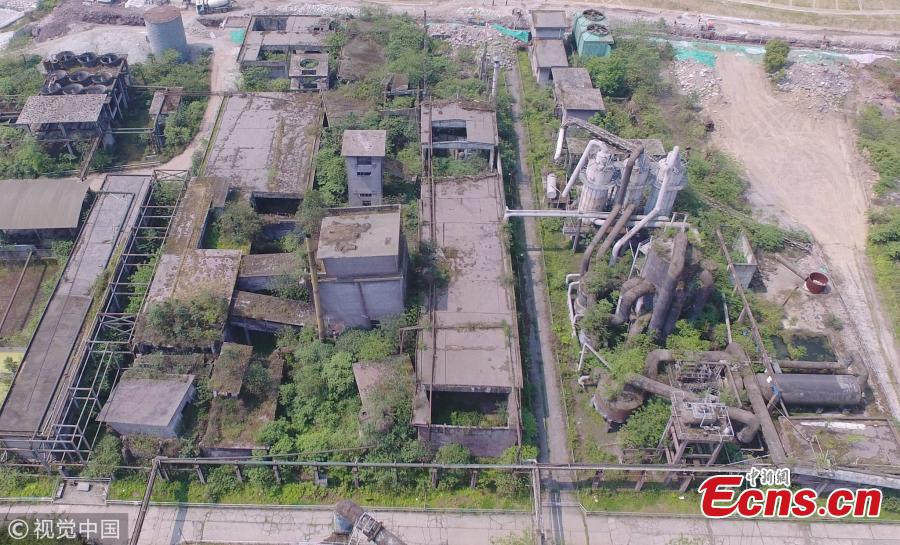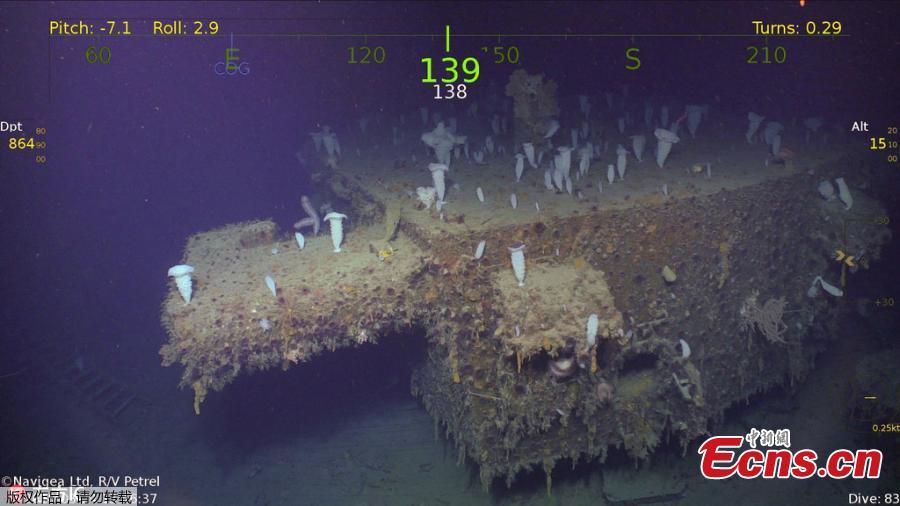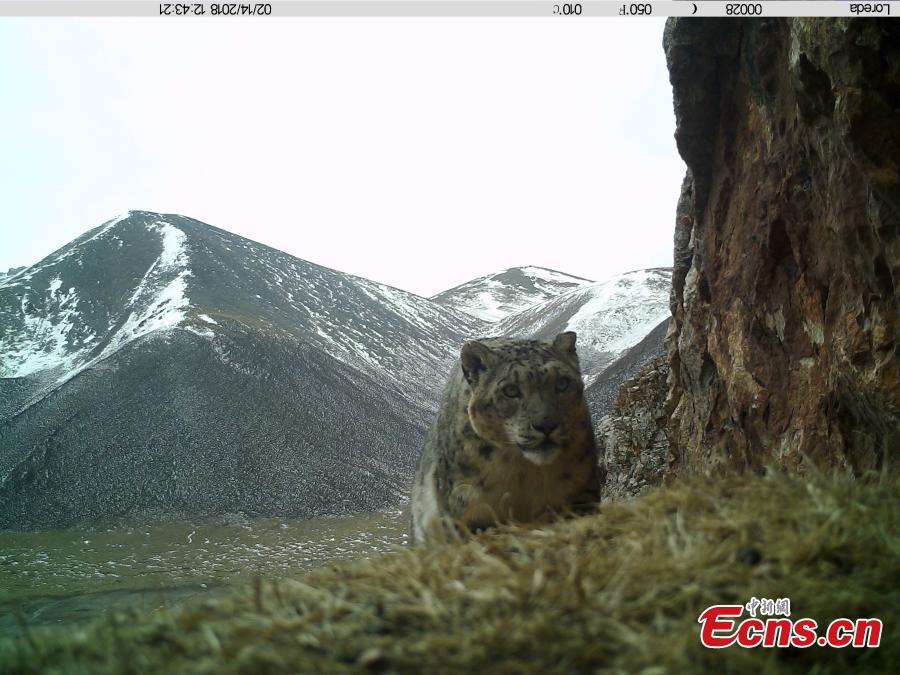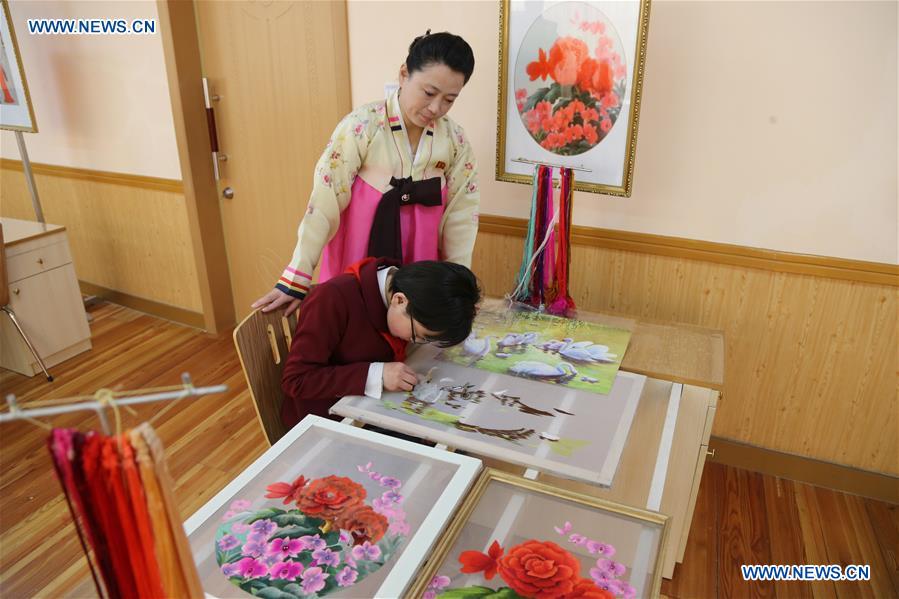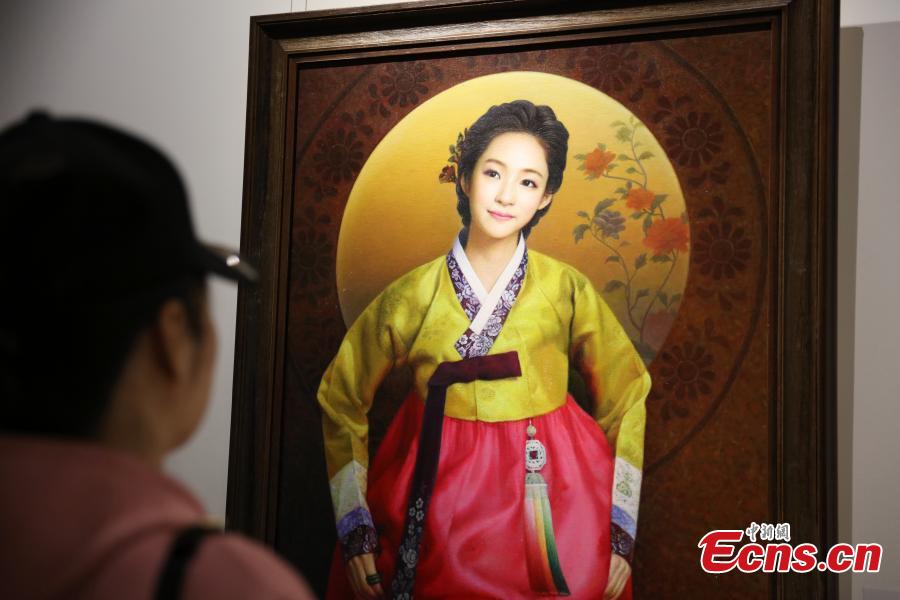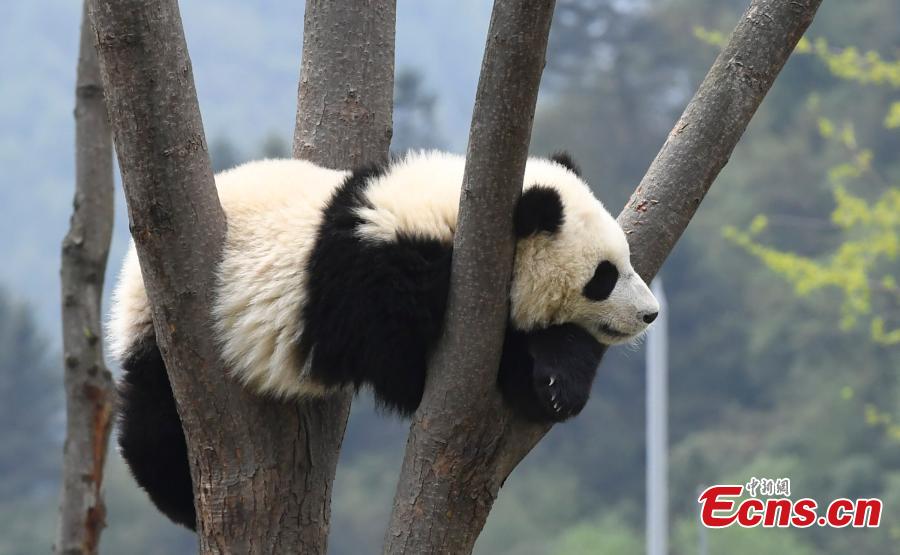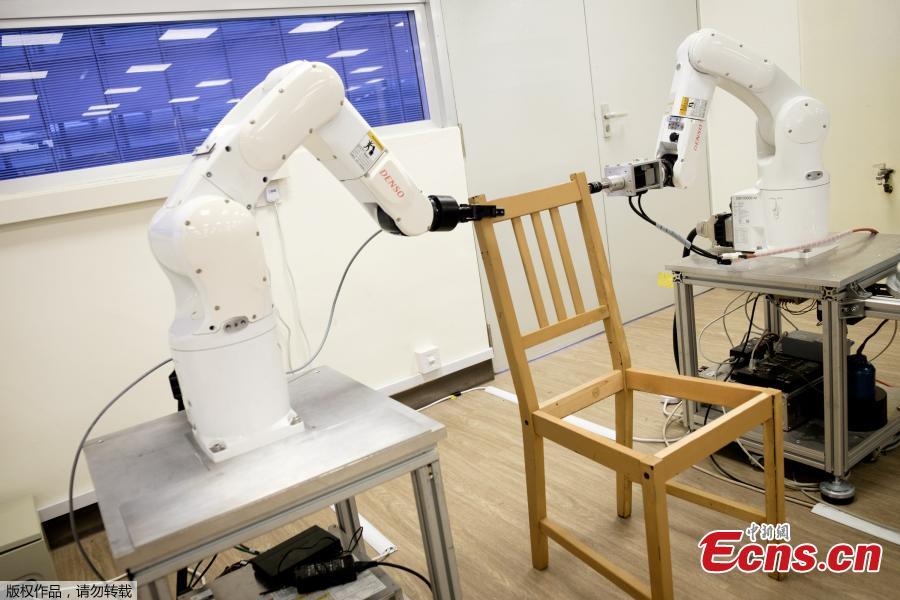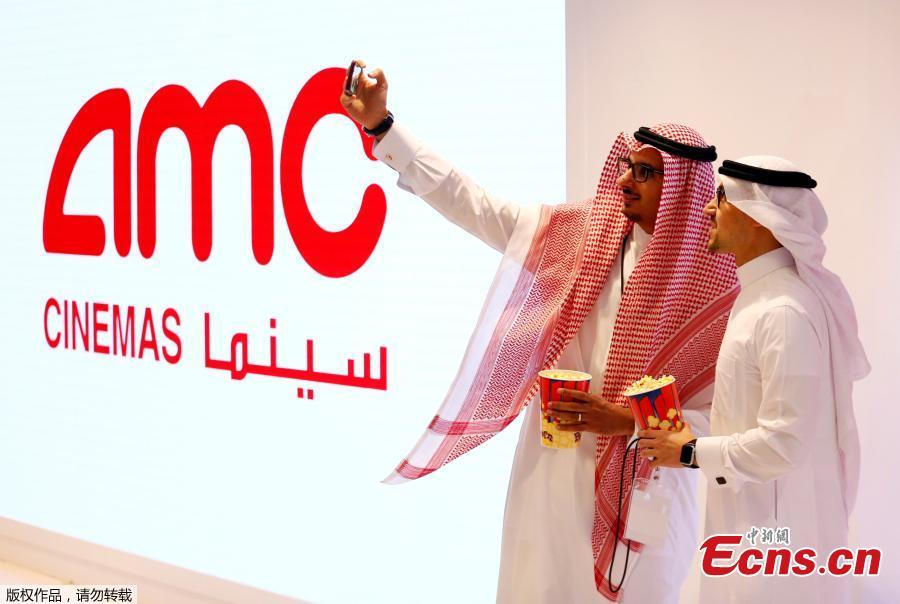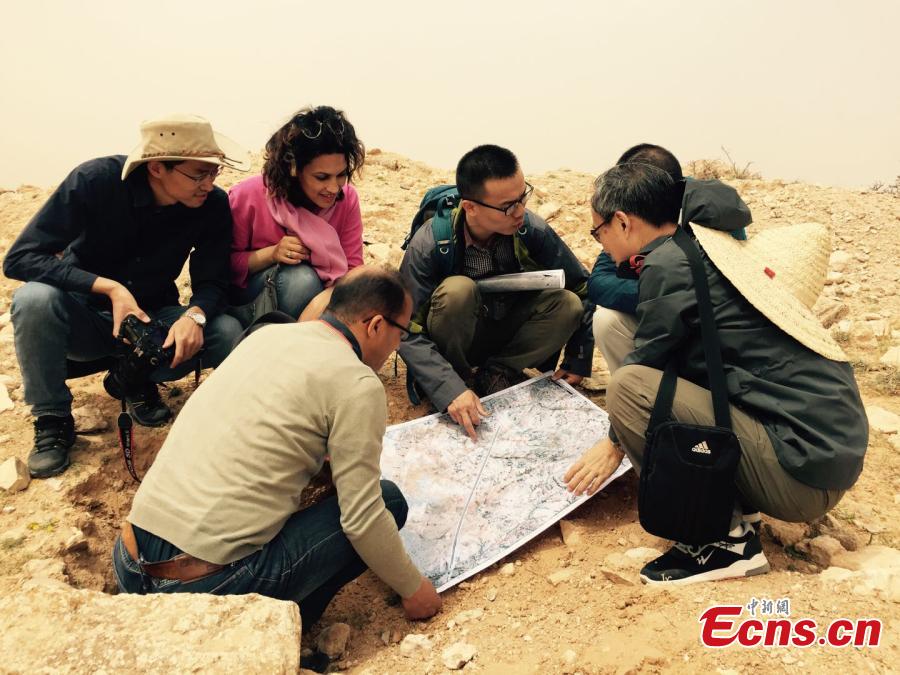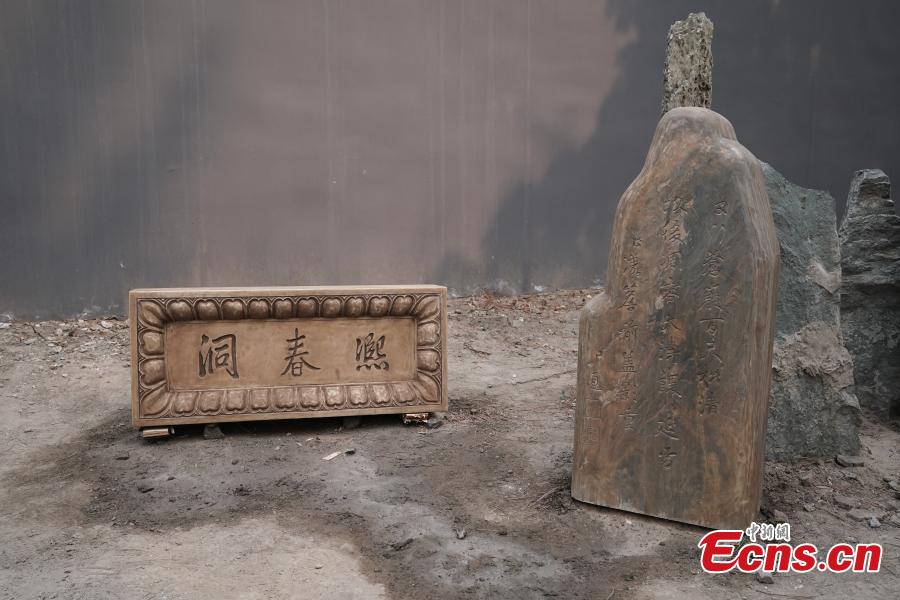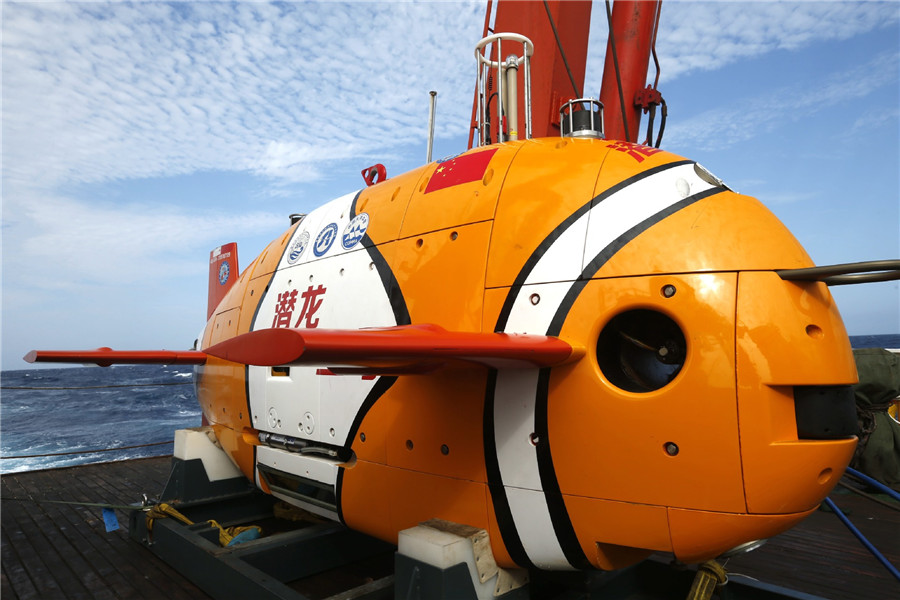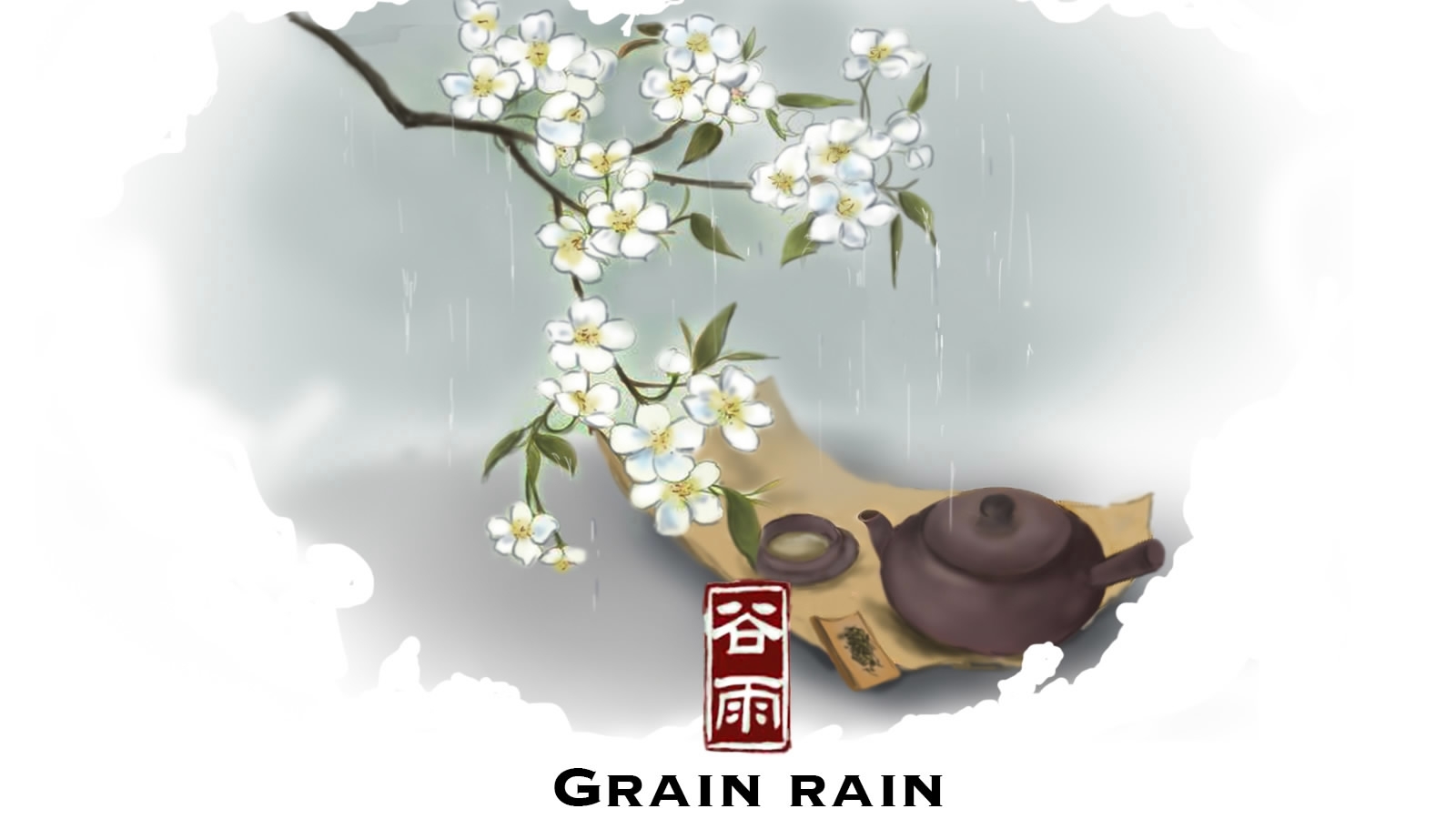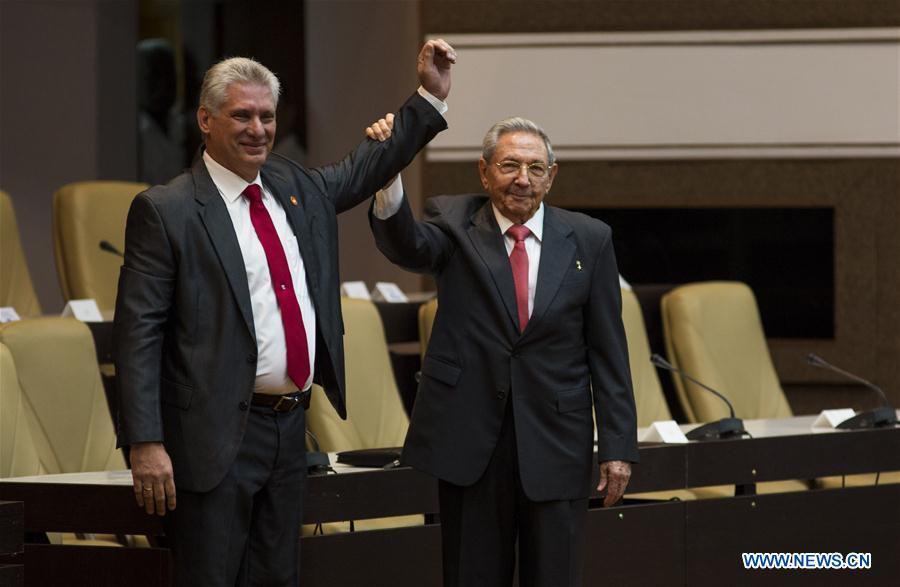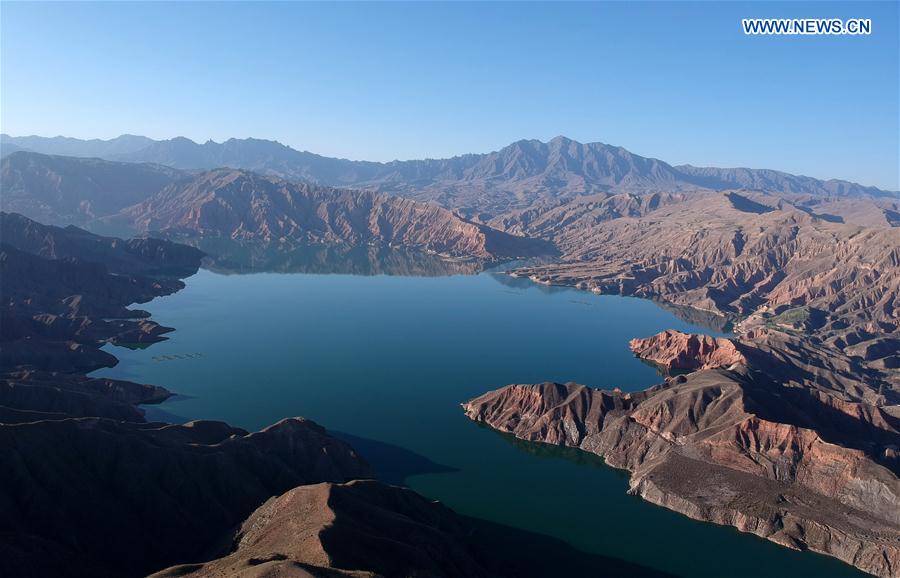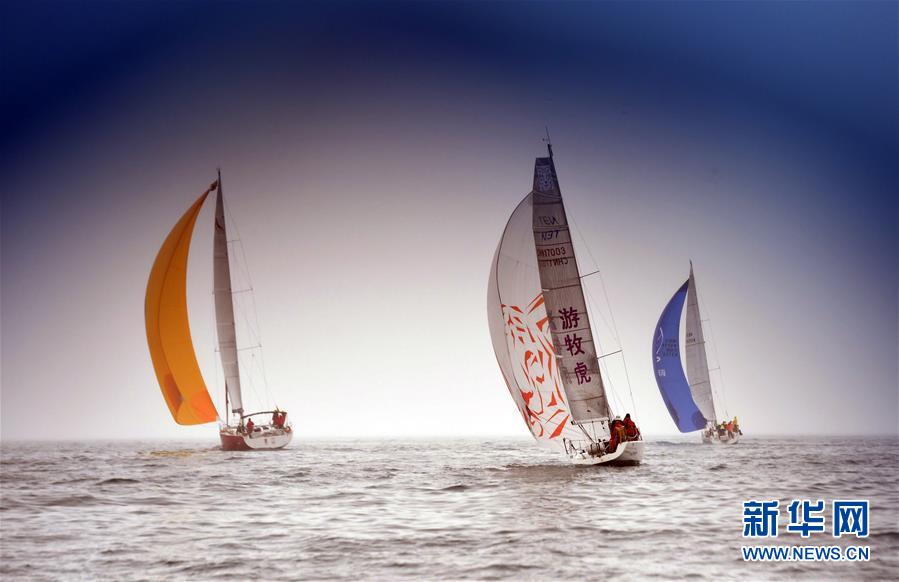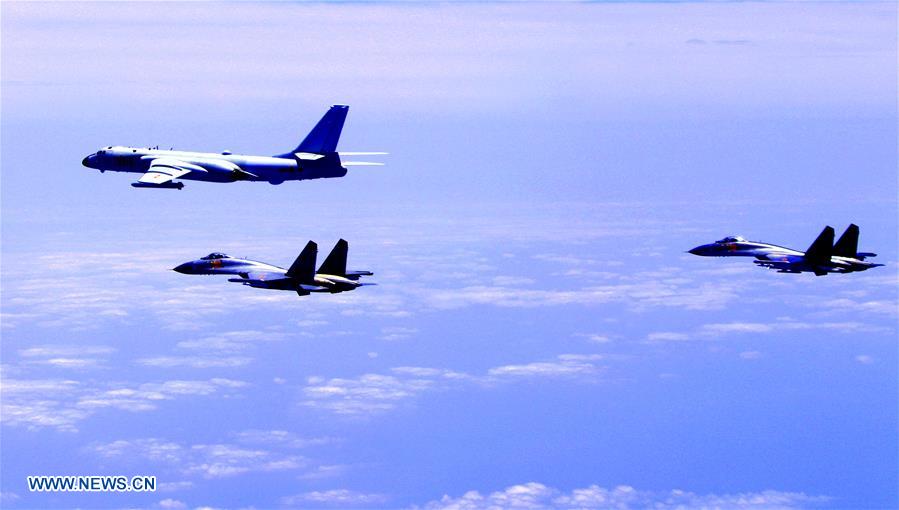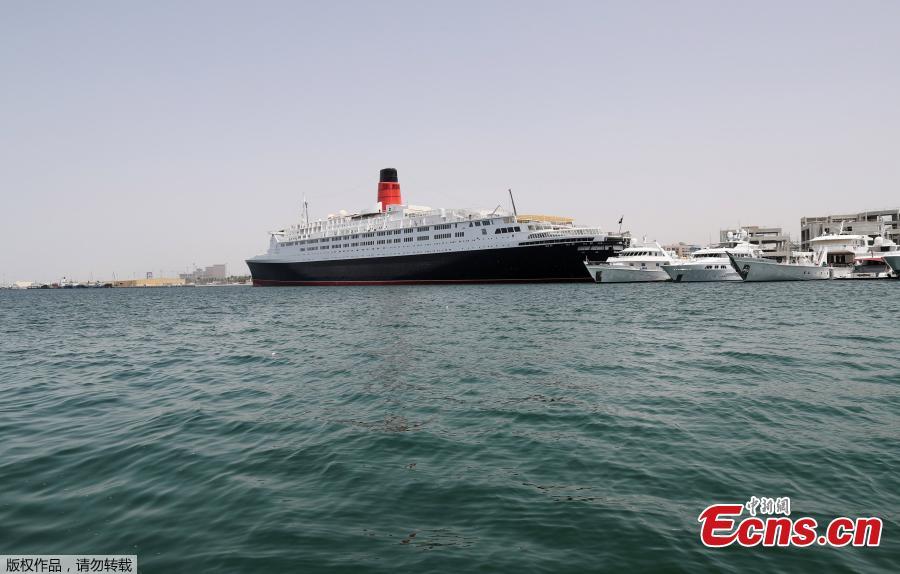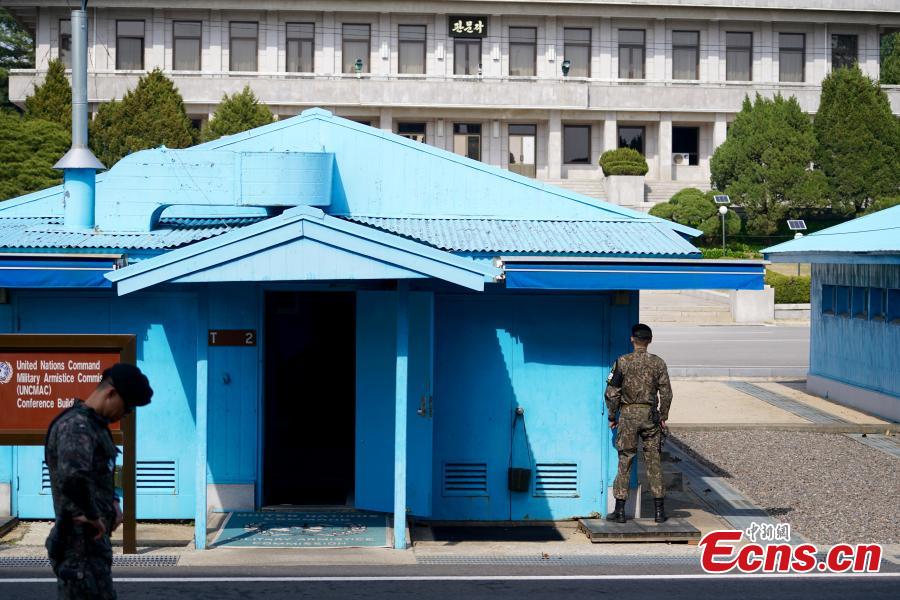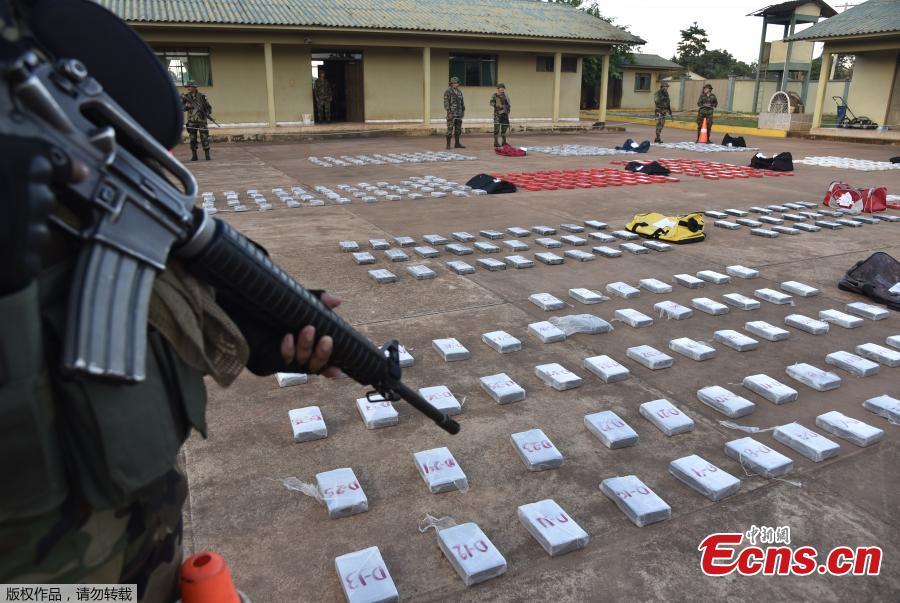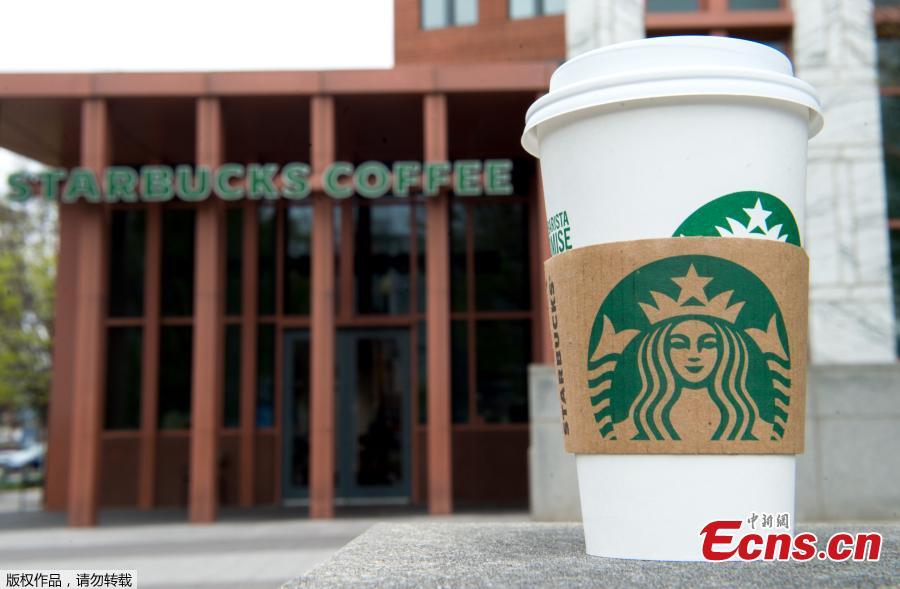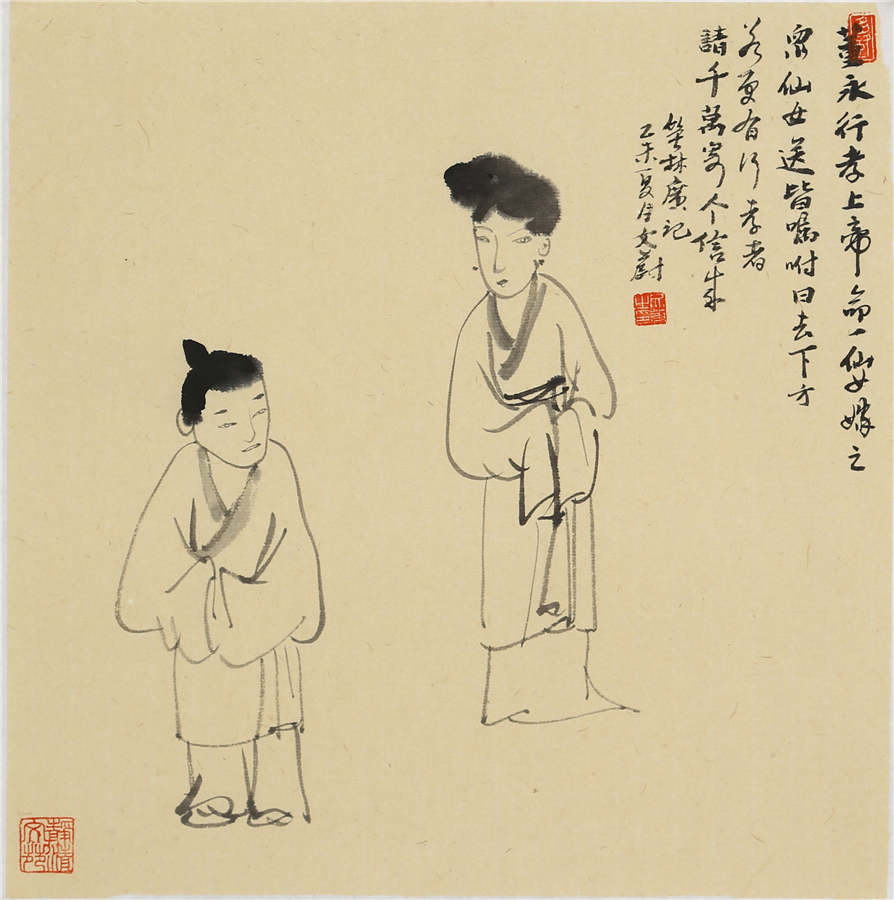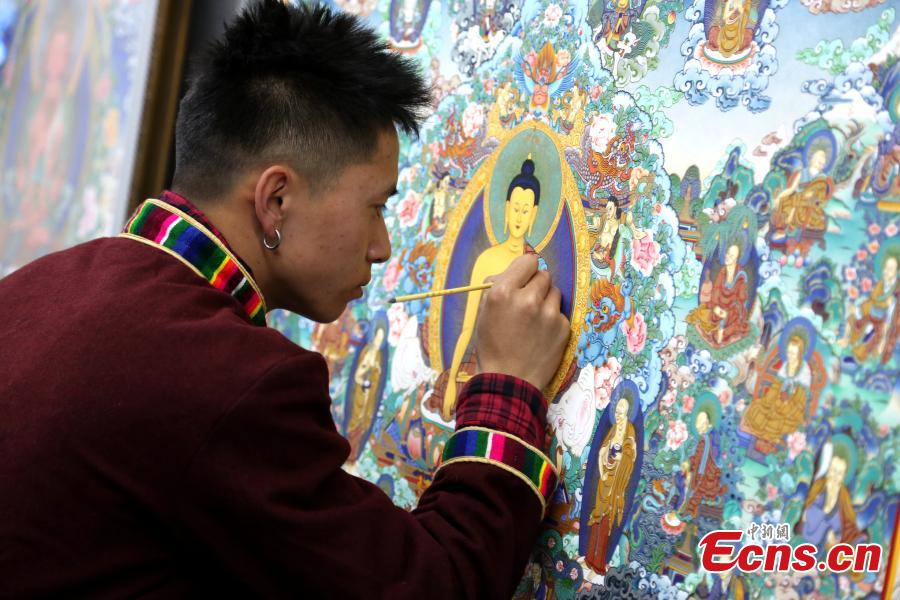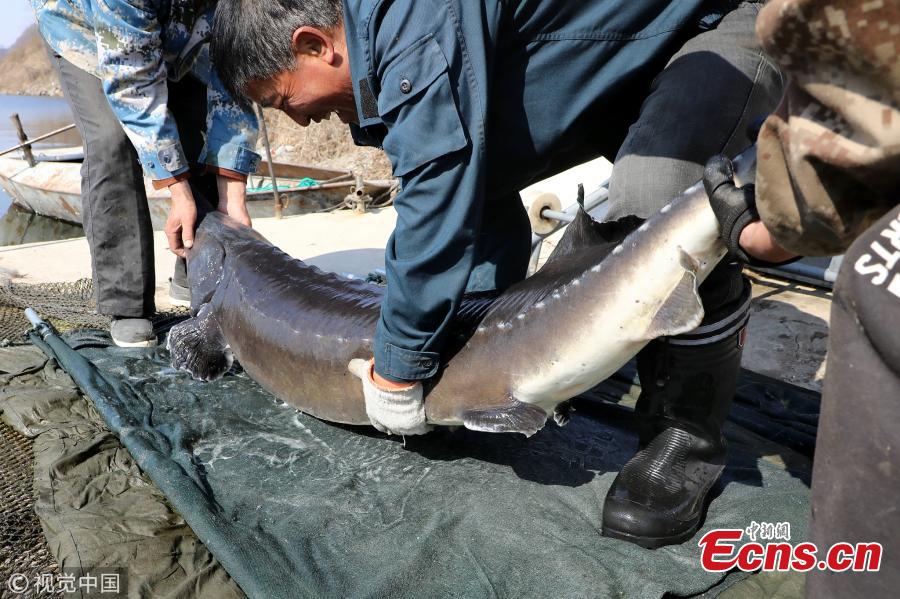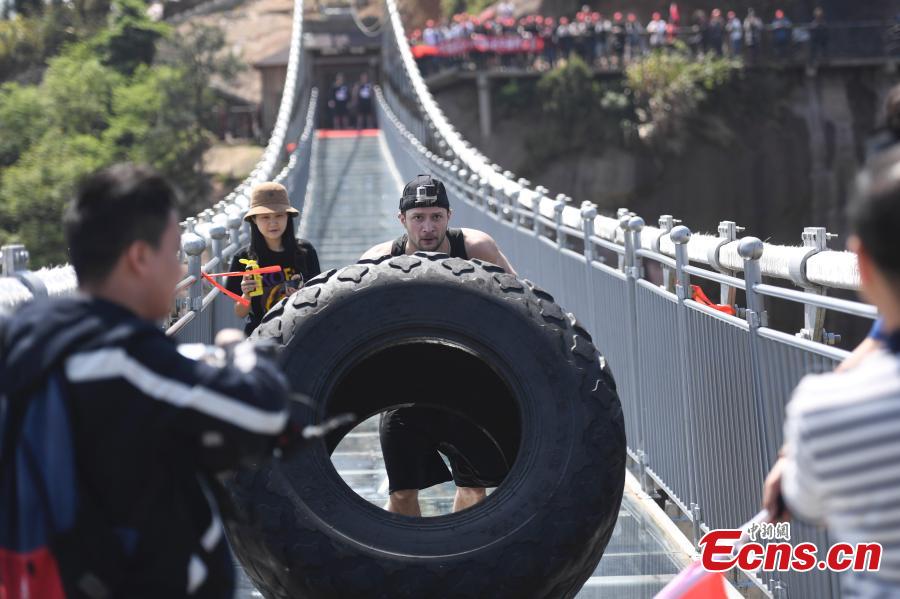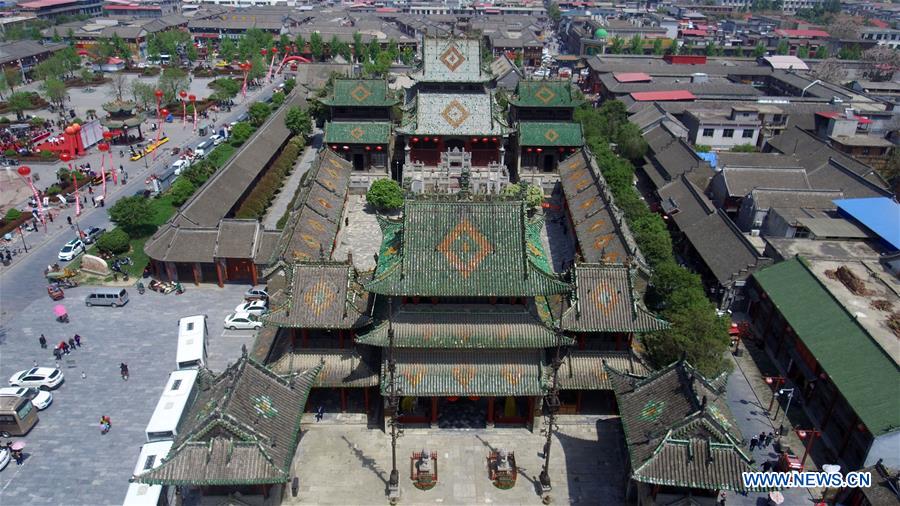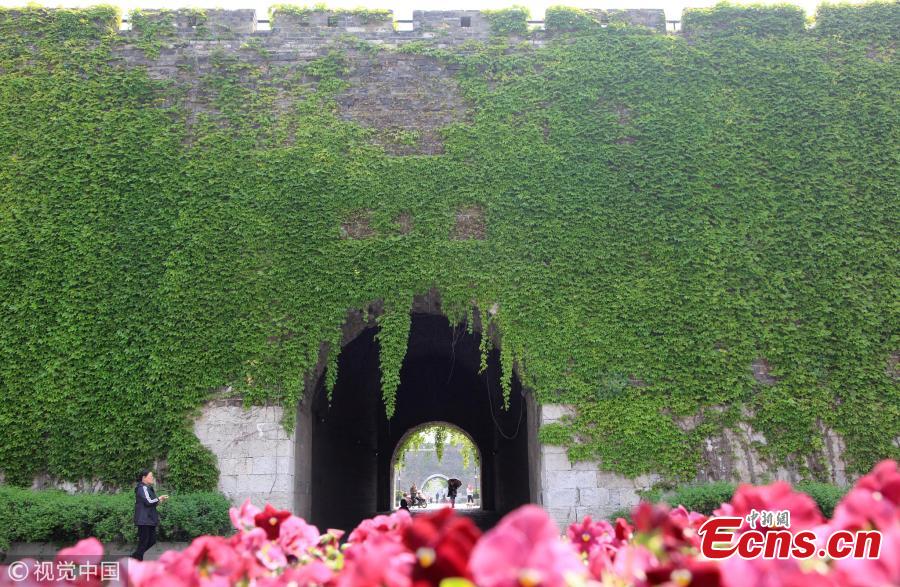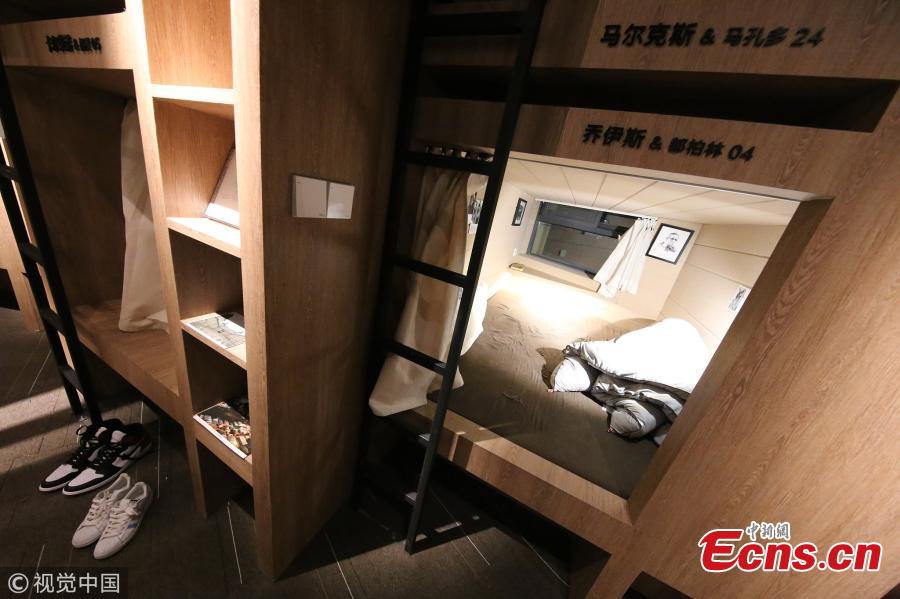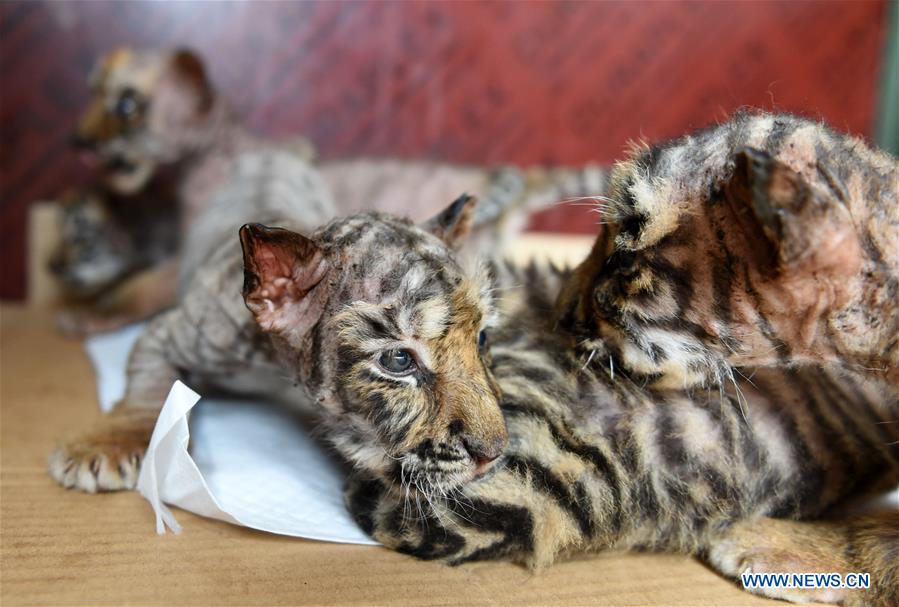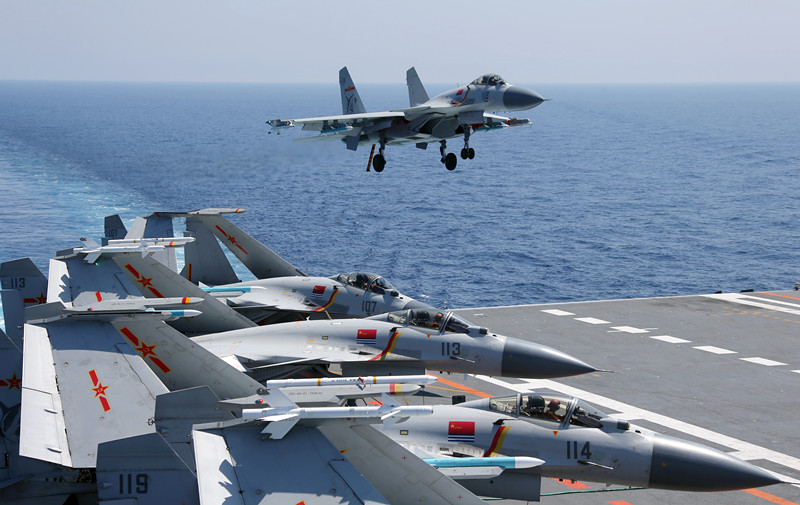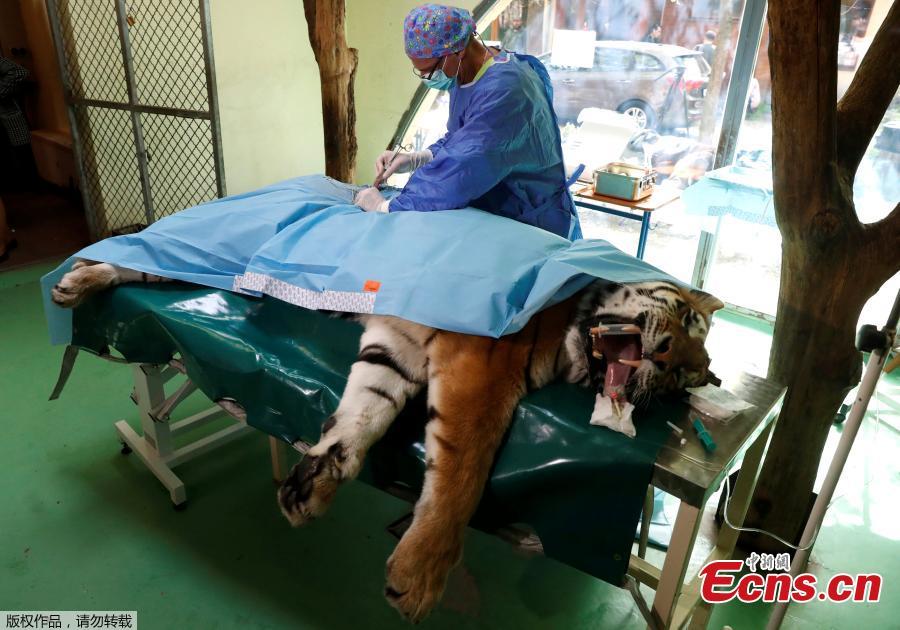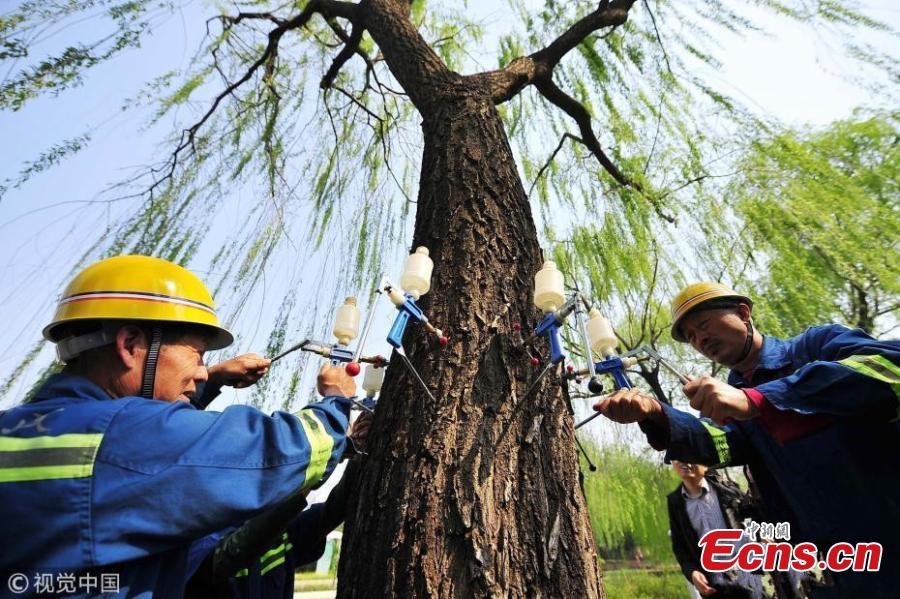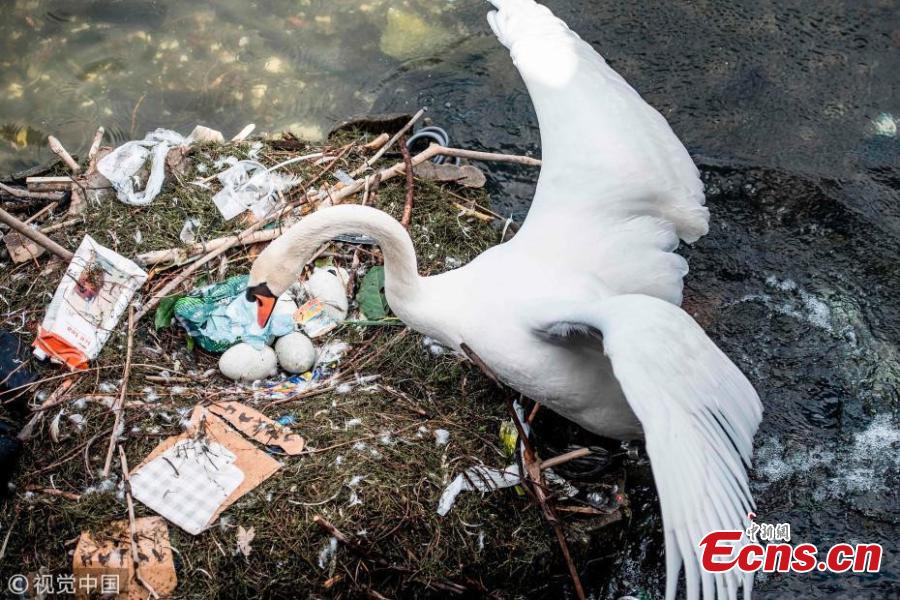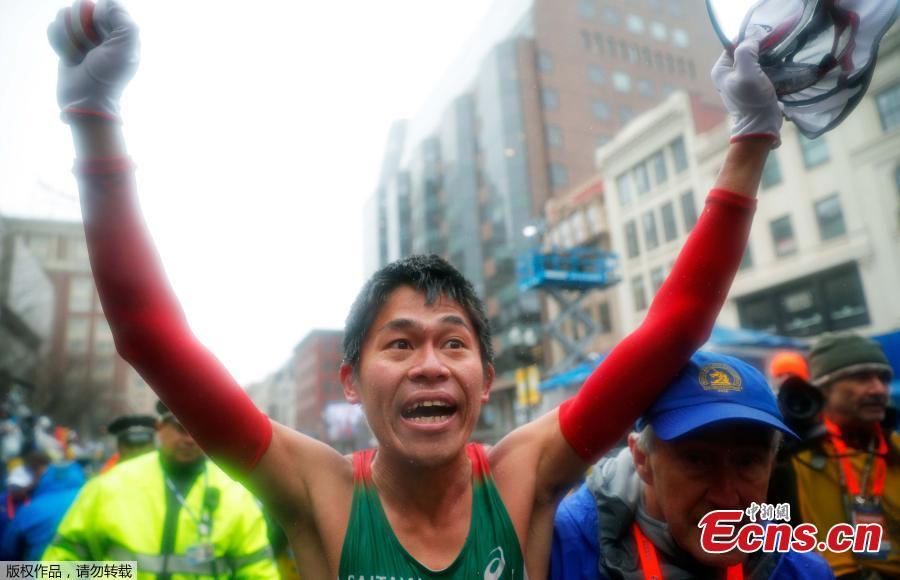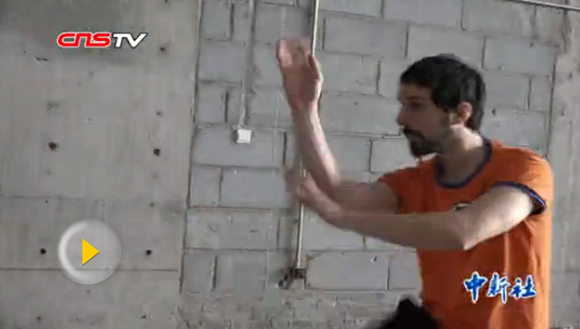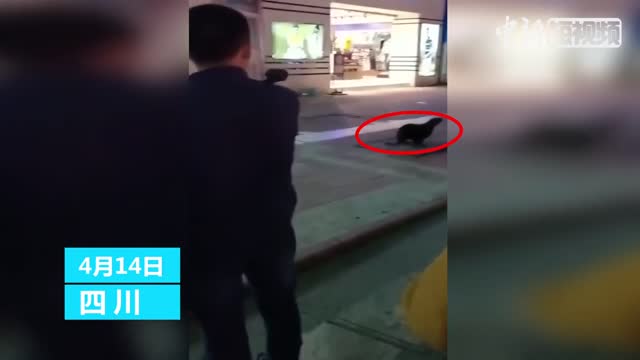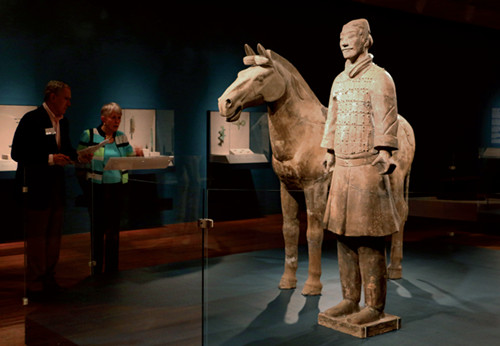
Two visitors look at a life-sized Terracotta Warrior with horse dating to the Qin Dynasty (221?206 BC) during a preview event at the Cincinnati Art Museum's exhibition on Wednesday. (Photo/China Daily)
Upgraded security will protect an exhibition featuring some of China's famed Terracotta Warriors in Cincinnati, Ohio, after one of the artifacts was damaged at a U.S. exhibition last year.
Terracotta Army: Legacy of the First Emperor of China, which features 10 life-size Terracotta Warriors among 120 artifacts, opens Friday at the Cincinnati Art Museum. It runs until Aug 12.
There will be stricter security following an incident at the Franklin Institute in Philadelphia in December in which a Delaware man admitted to breaking off the thumb of one of the statues as a souvenir, officials said. The man turned over the thumb when the FBI arrested him and the 2,200-year-old statue was repaired.
"We have worked closely with Chinese cultural officials to assure the security of these artifacts. We also, as an art museum, have a very high standard for security and respect for objects on loan to the museum," said museum Director Cameron Kitchin.
"After what happened in Philadelphia, the Cincinnati Art Museum and our staff have reached an agreement to take proactive action in improving our security protocol and procedures to ensure the safety of our artifacts," said Qi Gaoquan, deputy director of the Bureau of Cultural Relics of Shaanxi province, who traveled to the museum for an inspection before the exhibition opens.
"All the actions we took this time are based on the lessons we drew from the incident that happened in Philadelphia," Qi told China Daily. "We've taken the strictest security measures to ensure a similar incident will never happen again."
Qi said Zhang Qiyue, consul general of China in New York, wrote in a letter that the incident will not affect cultural exchanges between China and the U.S., following an official apology penned by David Oh, a Philadelphia city councilman.
"The Cultural Relics Bureau of Shaanxi province will continue relics exchanges with the U.S. to promote culture and people-to-people exchanges," Qi said, adding that the bureau also will place higher requirements on technology and security measures when it loans relics overseas.
The statues were part of the clay army that artisans had crafted over decades for burial with Qin Shi Huang, considered the first emperor of a unified China (259-210 BC), to serve him in his afterlife.
The area in Xi'an where the statues were excavated along with clay chariots and horses is a UNESCO World Heritage Site.
The items for the Cincinnati exhibit were selected from 14 museums in Shaanxi province to cover every cultural feature of the Qin people during different periods, Qi said.
"I hope through the exhibition of the Terracotta Warriors, people around the Cincinnati area will have a greater understanding of Chinese culture and history," Zhang said.
"The significance of the project is really beyond culture and education; it really serves to enhance the mutual understanding between our two peoples and serves to promote the relationship between the U.S. and China."
Cincinnati Mayor John Cranley said, "The more we can exchange ideas, culture and history, the better off the world will be."









